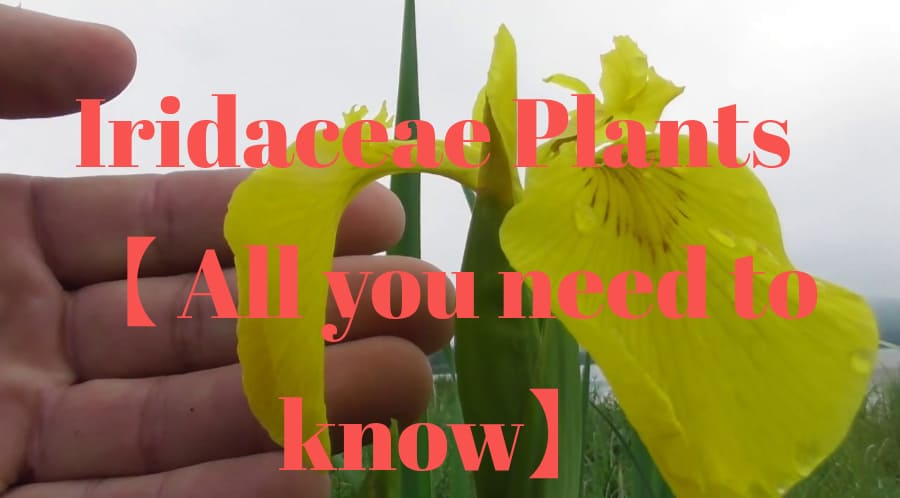Color and symmetry of Iridaceae plants
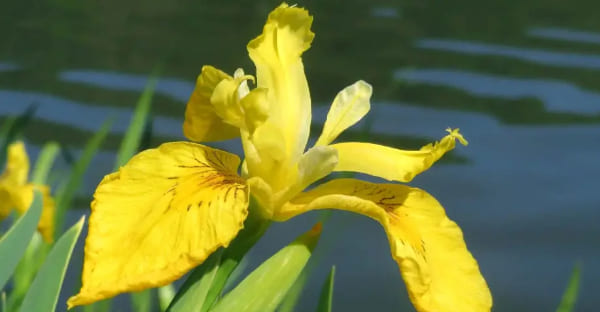
Have you ever stopped to observe how such a small flower can harbour so much complexity? Iridaceae plants are monocotyledonous plants with distinct shapes and colors. They decorate gardens and wetlands. These plants also tell ancient stories, inspire dreams, and add fragrance to daily life.
The Iridaceae; more than lilies and gladiolus
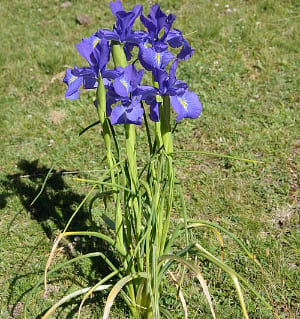
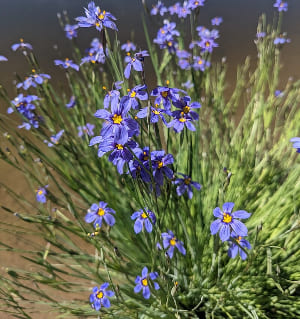
Two types of bright monocots live in the wetland prairies of the Willamette Valley. They are iris and sisyrinchium, also known as blue-eyed grass. In toto orbe, plantae Iridaceae habent 70 genera et 1750 species.
Did you know that there are nearly 300 species of iris and more than 90 species of crocus? One of the most popular garden flowers is the bearded iris (Iris germanica). It has large, fragrant blooms. People know the crocus tommasinianus for its early spring flowers.
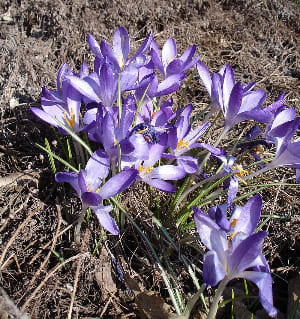
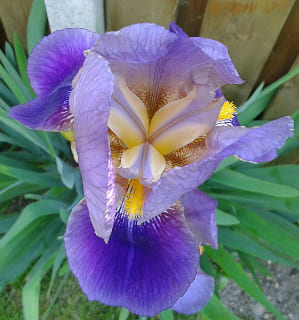
Saffron is one of the world’s most expensive spices. People have harvested it from a plant called Crocus sativus for thousands of years. And to think that it all starts with a few delicate red stigmas?
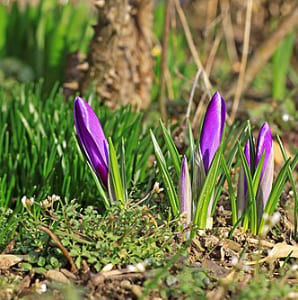
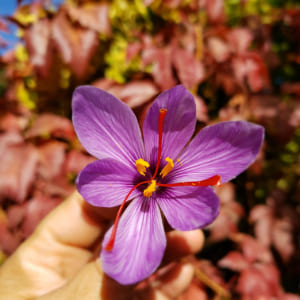
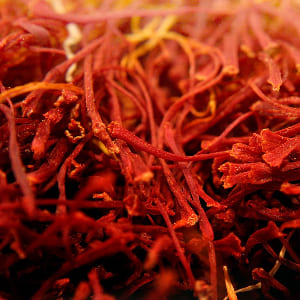
Morphology and Reproduction of Iridaceae Plants
Iridaceae are herbaceous perennial plants. They produce flowers that are regular and radially symmetrical. The flowers have parts in groups of three.
There are three showy sepals that look like colorful petals. There are also three true petals, three long stamens, and spherical ovaries. It’s a pattern that seems to follow the mathematics of beauty.
Each capsule has three chambers. These chambers hold many black seeds. The seeds are inside dry capsules that open gracefully.
A fascinating feature is their subway system. Many plants grow rhizomes, corms, or bulbs. From these, long, flat leaves emerge and fan out from the base.
The term “equitant” describes how leaves overlap or sit on top of each other at the base. It comes from the Latin word “equitans,” which means “riding a horse.” This word comes from “equus,” which means “horse.” Although not exclusive, this arrangement is very representative of the iridaceae.
‘Some species of the family Saxifragaceae grow in lily-like habitats.’
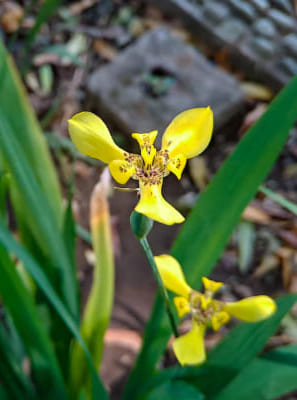
Notable Iridaceae plants genera
Iris tenax var. tenax – Oregon iris
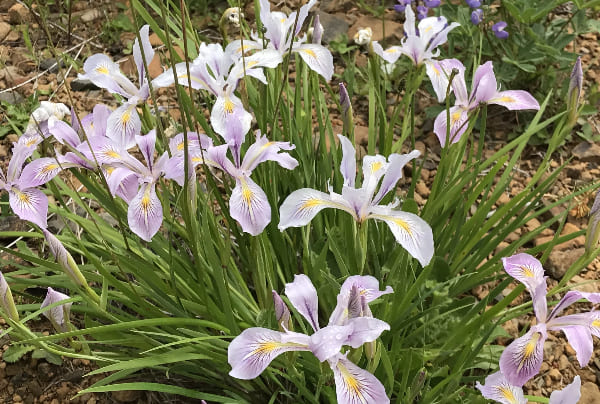
This iris, native to the northwestern U.S., brings an ethereal touch to valley meadows. Like all irises, its flowers have three true petals (standards) and three showy sepals. Its subway rhizomes allow it to adapt to the soil, and its flowers, sweetly scented in some varieties, emerge in late spring.
Sisyrinchium idahoense – Idaho blue-eyed weed
Growth Habit: Small, showy, perennial monocot. Reaches 40 cm tall, with flattened, blue-green, iris-like leaves.
Leaves display a glaucous blue-green color, feature parallel veins, and group at the base, spreading evenly like an iris.
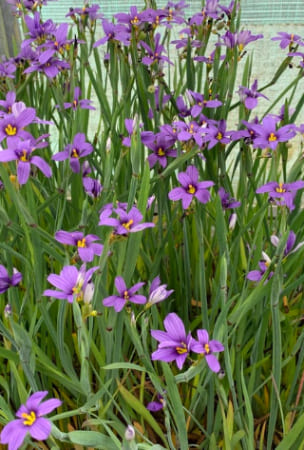
Stems: One or more flattened stems per plant, each with a tuft of iris-like leaves at the base.
Flowers: Tiny, spectacular blue to purple flowers with a yellow center, which may be single or multiple. Each flower has six fused petals and sepals (tepals), with a cluster of yellow anthers in the center.
Fruits: The lower ovaries develop into round egg-shaped capsules at the tip of their branches. The capsules darken to a blackish-brown color and rupture at maturity, revealing multiple black teardrop-shaped seeds. This tiny flower is prolific, with an average yield of 270 kg of seeds per acre. Plants do not make many seeds in their first year. However, their seed production grows steadily in the following years. In addition, the genus Sisyrinchium is surprisingly long-lived, maintaining high seed production even after five years.
Ecology: (In arid areas of the western U.S.) FACW, a facultative wetland species found in wet meadows.
Notes: People may confuse this plant with Hitchcock’s purple-eyed Sisyrinchium (S. hitchcockii). It is a rare plant found in wetlands of the southern Willamette Valley. Its deep purple flowers are equally beautiful, though less common.
S. idahoense is a great source of pollen for many native bees, butterflies, and other helpful insects. This includes the endangered Mardon’s jumping butterfly (Polites mardon) found in Washington State.
Other jewels of the Iridaceae family
Gladiolus, the garden warrior

Gladiolus is a spectacular genus of perennials that grow from corms. Their flower spikes resemble colorful spears emerging from the ground. Gardeners prize varieties such as Gladiolus nanus for their elegant appearance and drought resistance. Who hasn’t seen a bouquet of gladiolus presiding over a room with an imposing presence?
Freesias, fragrance and elegance
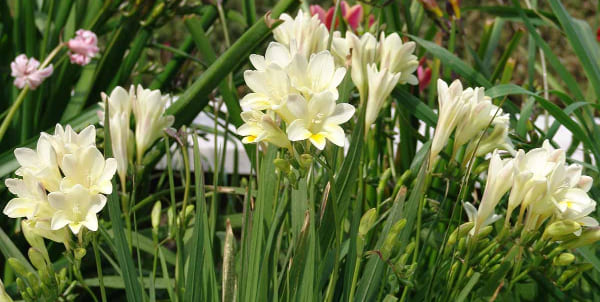
Freesias, native to South Africa, grow from bulbs and emit a sweet fragrance that lingers in the memory. With their trumpet-shaped open flowers, they are a popular choice as a cut flower. Have you ever received a freesia in spring? I’m sure you didn’t forget.
Iris pseudacorus – The yellow flag iris

This iris prefers moist soils and thrives in marshy areas or pond margins. It produces bright yellow flowers that contrast beautifully with their surroundings. An excellent choice for those wishing to attract pollinators to their water garden.
What do Iridaceae plants really hide?

When you see an iris in a field, a freesia in a vase, or a gladiolus in a garden, think about what they represent. They show structural beauty, strong resilience, rich culinary history (like saffron!), and important pollination. Iridaceae plants are more than ornamentation; they are living witnesses to evolution, culture and connection to the earth.
What is your favorite flower from this family? Would you like to grow them at home or simply admire them in their natural environment?

